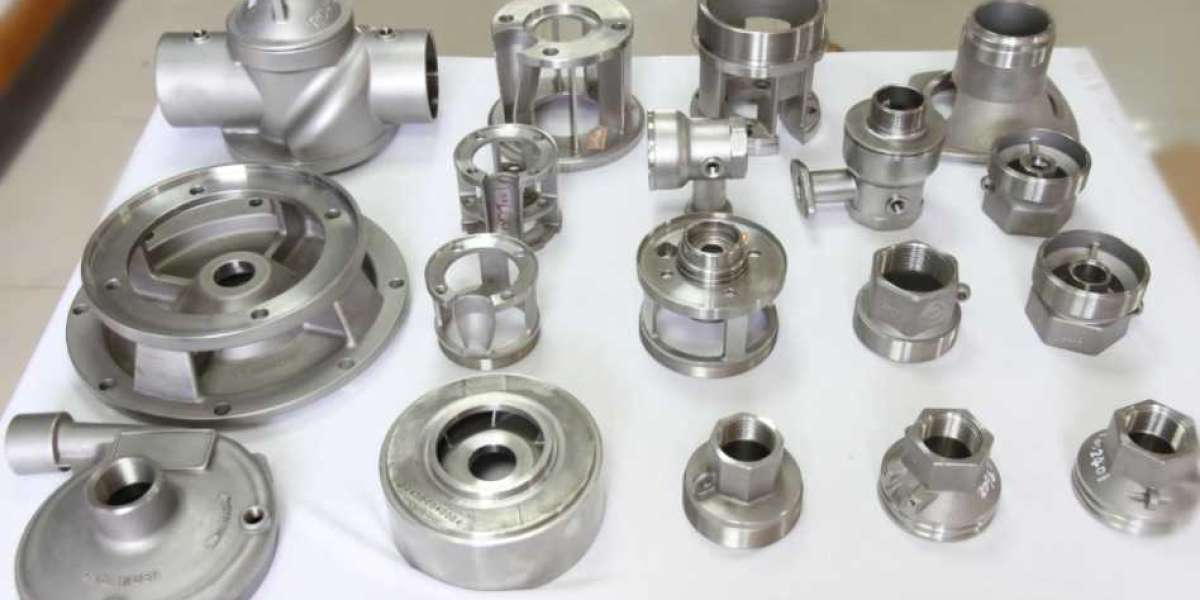Cast iron VS cast steel
Casting provides superior capability for design detailing, often without additional fabrication and assembly. Many materials can be cast, including several types of metals and composites, but steel in particular has excellent mechanical properties for a wide range of applications.
While cast iron and steel may appear similar on the surface, they each have distinct advantages and disadvantages, from production to application. Knowing these strengths and weaknesses and choosing them appropriately can mean intolerable differences between strength and durability and cracked or deformed parts, which will quickly lose their luster.
Carbon content is the main difference
Both iron and steel are ferrous metals mainly composed of iron atoms. In manufacturing, however, things are not that simple - many different alloys and grades are used in production. To understand them, it is important to distinguish between iron used in everyday products and the scientific element iron (Fe). Elemental iron is a substance found in nature, usually in an oxidized form, that requires intensive processing called smelting to extract.
Pure elemental iron is too soft to be used in most applications. When it is alloyed or mixed with carbon, it becomes harder and therefore more useful. In fact, carbon composition is the main difference between cast iron and steel. Cast iron typically contains more than 2% carbon, while cast steel typically contains 0.1-0.5% carbon.
Castability
Most people have not encountered iron or steel in a molten state - which is understandable since iron melts at about 2300°F and steel melts at 2600°F and both are at higher temperatures Pour into molds. People who work with liquid iron and steel quickly discover that there is a big difference in their pourability and shrinkage.
Cast iron is relatively easy to cast because it is easy to pour and does not shrink like steel. This means it can easily fill complex voids in molds and requires less molten material to fill. This fluidity makes cast iron an ideal metal for construction or ornate ironwork structures such as fences and benches.








